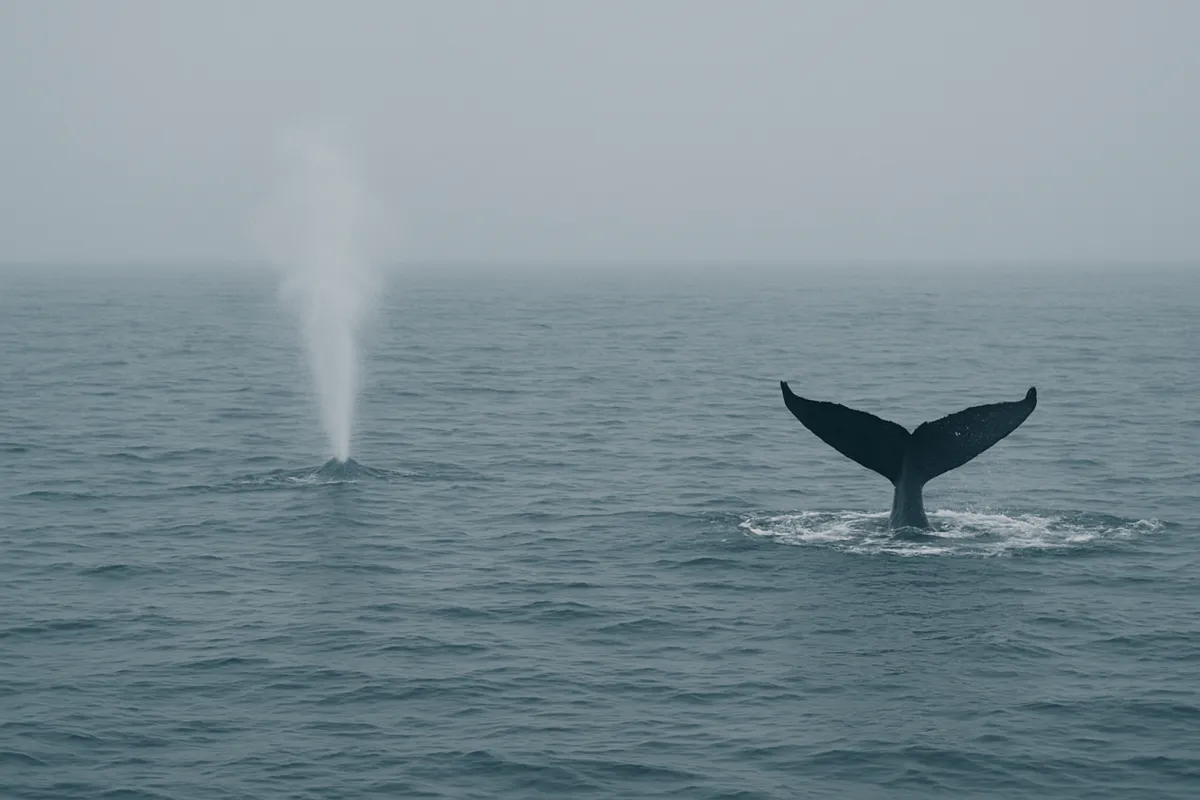
Quantum Entanglement Waves
Quantum Possibilities in the Ocean Deep
In the midnight waters of the ocean, where sunlight fades to black, life continues in patterns that seem almost choreographed. Fish move as one, squid shift colors in unison, whales align in vast migrations. Sound and light explain part of this coordination, yet mysteries remain. Some researchers now wonder: could the sea conceal a communication system stranger than we ever imagined—woven not from soundwaves, but from the laws of quantum physics?
What Is Quantum Entanglement?
Quantum entanglement is one of science’s most elusive puzzles. When two particles become entangled, their states remain linked, no matter how far apart they drift. A change in one is mirrored in the other instantly, a phenomenon Albert Einstein once called “spooky action at a distance.” This defies our everyday understanding of space and time, yet decades of experiments confirm it is real.
A Quantum Oceanic Symphony
What if life in the sea has found a way to use this? In the dark abyss, where sound carries poorly and light cannot reach, entanglement might offer an elegant solution: instant communication without signals that fade or scatter. Picture a school of fish, each one linked through invisible quantum threads, turning in unison with no delay, as if sharing a single thought.
Speculations in Science
There is no direct evidence—yet—that marine organisms use quantum entanglement. But hints exist in biology. Quantum effects are known to influence photosynthesis in plants, magnetic navigation in birds, and possibly even olfaction in animals. Extending this to marine life is speculative but not impossible. Researchers propose that entangled states could help organisms coordinate migrations, share warnings, or sense prey in the darkness.
Why It Matters
If proven, this would change how we understand life itself—not just in the sea, but across all ecosystems. It would mean nature has tapped into the deepest laws of physics to survive. Even as speculation, the idea reminds us that the ocean is more mysterious than mapped space: a laboratory where biology and quantum mechanics may already be entwined.
🌊⚛️ Quantum Waves — Sources
Schrödinger, E. (1926). An Undulatory Theory of the Mechanics of Atoms and Molecules. Physical Review.
Born, M. (1926). Zur Quantenmechanik der Stoßvorgänge. (Introduced the probabilistic interpretation of wavefunctions).
Feynman, R. P., Leighton, R. B., & Sands, M. (1965). The Feynman Lectures on Physics, Vol. III. Addison-Wesley.
Griffiths, D. J. (2018). Introduction to Quantum Mechanics (3rd ed.). Cambridge University Press.
National Institute of Standards and Technology (NIST). Wave–Particle Duality and the Quantum World.
Oxford University Press. Quantum Physics: A Beginner’s Guide to Wavefunctions.